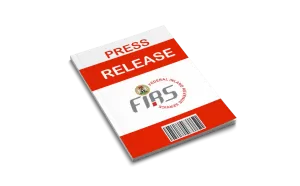How to Create a Simple and Effective Resume

A resume is a document that outlines your qualifications, skills, and experience in a clear and concise format. It is used by employers to determine whether you are a good fit for a position.There is no one-size-fits-all resume. The best way to create a resume is to tailor it to the specific job you are applying for. To do this, you will need to research the company and the job posting.
When you are tailoring your resume, keep the following in mind:
1. The resume should be clear and concise
The resume should be clear and concise. It should be free of grammar and punctuation errors.
2. The resume should be tailored to the job you are applying for
The resume should be tailored to the job you are applying for. It should highlight your qualifications and experience that are relevant to the position.
3. The resume should be easy to read
The resume should be easy to read. Use simple words and phrases. Use bullet points to highlight key information.
4. The resume should be free of errors
The resume should be free of errors. Proofread your resume before you send it.
5. The resume should be sent as a PDF
Now that you know what to include in your resume, let’s talk about how to format it.
1. The resume should be one page
The resume should be one page. If you have more than one page, include a link to an online portfolio or website in the contact information section.
2. The resume should be formatted in a professional manner
The resume should be formatted in a professional manner. Use a standard font such as Times New Roman, Arial, or Calibri. Use 1-inch margins on all sides.
3. The resume should be divided into sections
The resume should be divided into sections. The sections should be in the following order:
Contact information
Objective
Qualifications
Experience
Education
Skills
4. The resume should have a clear objective
The resume should have a clear objective. The objective should be one or two sentences that state what you hope to accomplish in the position you are applying for.
5. The resume should list your qualifications
The resume should list your qualifications. Include your skills, experience, and education.
6. The resume should list your experience
The resume should list your experience. Include your job title, company name, dates of employment, and a brief description of your duties.
7. The resume should list your education
The resume should list your education. Include the name of the institution, the type of degree, and the date of graduation.
8. The resume should list your skills
The resume should list your skills. Include your computer skills, foreign language skills, and any other relevant skills.
9. The resume should include a summary of your qualifications
The resume should include a summary of your qualifications. The summary should be one or two sentences that state your strongest qualifications for the position.
10. The resume should include your contact information
The resume should include your contact information. Include your name, address, phone number, and email address.
Now that you know what to include in your resume, you are ready to start writing!






